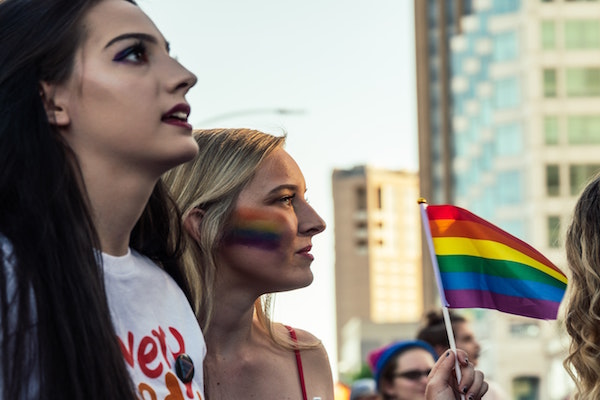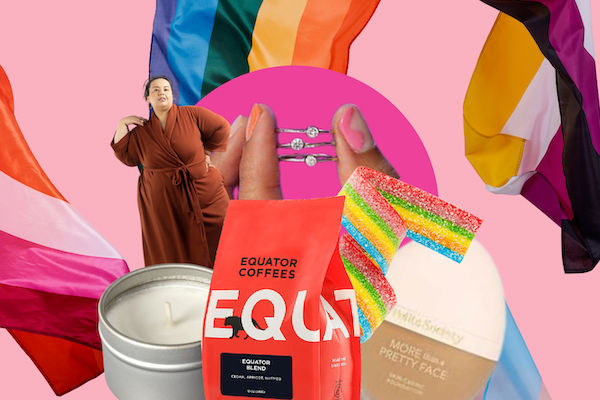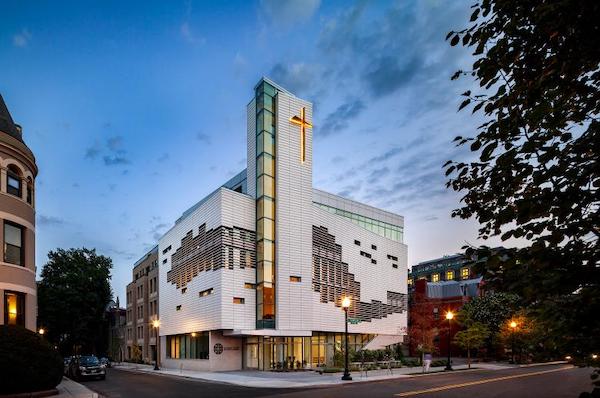
Sentimental Gift Ideas For Your Significant Other
April 13, 2020
How to Maintain Your Mental Health During the COVID-19 Pandemic
April 13, 2020You often see them waved around at your local Pride or hanging proudly on the wall of an LGBTQ household: the rainbow flag is a symbol of unity and strength for our community. But how exactly did it come to represent LGBTQ pride?
The origins of the rainbow flag
According to Encyclopaedia Britannica, the flag was first created back in 1978 and originally featured eight colors – pink, red, orange, yellow, green, turquoise, indigo, and violet. It was conceived by Gilbert Baker, a war veteran, gay man and drag queen. Baker had taught himself how to sew and decided to come up with a symbol for gay pride at the encouragement of the legendary Harvey Milk. Before the rainbow flag, the pink triangle used during the rise of Nazism to identify homosexuals was reclaimed by the gay and queer community as a symbol of power. However, due to its negative origins, influential leaders of the movement wanted to replace it with a new and more positive symbol – something to signal the new era of awakening and strength for LGBTQ people.
Baker quickly decided on a flag, because he saw it as the most powerful representation of visibility. He viewed the rainbow as heaven’s own natural flag, but others suggest that he was also inspired by the Stonewall riots, or even by the hippie movement and its own peace flag. Production issues that had to do with dying the colors on the flags led to turquoise and indigo to be replaced by blue, and pink to be removed, to make up the six-color flag we know today. The first flags were sewn and proudly waved at the San Francisco Gay Freedom Day Pride parade on June 25th, 1978. And the rest is history. In 1994, the rainbow flag was officially accepted as the symbol of LGBTQ pride everywhere, to commemorate the 25th anniversary of the Stonewall riots.
The meaning of the rainbow
But why did it become so popular? It is safe to assume that not everyone in the queer community remembers its origins, but the symbol is so powerful that it has taken on a life of its own. It is true that a rainbow can stand for many things – all of them positive. As rainbows appear after rain, they have come to symbolize hope and a new beginning, which is something that most LGBTQ people appreciate. Some suggest that Baker was initially inspired by the song ‘Over the Rainbow’, sung by gay icon Judy Garland in the Wizard of Oz, where the rainbow of her dreams leads to a place of peaceful co-existence and harmony. The rainbow also features in the title of the book Unweaving the Rainbow by popular science author Richard Dawkins, as a symbol of beauty and poetry. And in the 1990s, Nelson Mandela described South Africa as a ‘rainbow nation’, paying hommage to the country’s aspiring embrace of diversity.
The rainbow is also often considered a symbol of luck in some traditions and is depicted as such in modern pop culture and games of chance: among the many slot games it offers, VegasSlotsOnline also showcases a slot called Rainbow Riches, which features a pot of gold at the end of a rainbow. Yet the pot of gold can refer not only to material wealth, but more generally to success or a favorable outcome – all waiting for you if you just follow the rainbow after the rain. The blend of colors on the rainbow is also a nod to the diversity found within the LGBTQ community, as well as an allusion to the unity it produces. According to Baker, the individual colors also had their own individual meanings. Red stood for life, orange for healing, yellow for sunlight, green for nature, violet for spirit, while turquoise and indigo that were blended to make up blue symbolized art and harmony.
It is these positive connotations that have transformed the rainbow flag into the powerful symbol it is today. Along with its more recent sibling, the Trans Pride Flag that was created in 1999 by trans woman Monica Helms, they bring the entire LGBTQ community together under a single banner.





